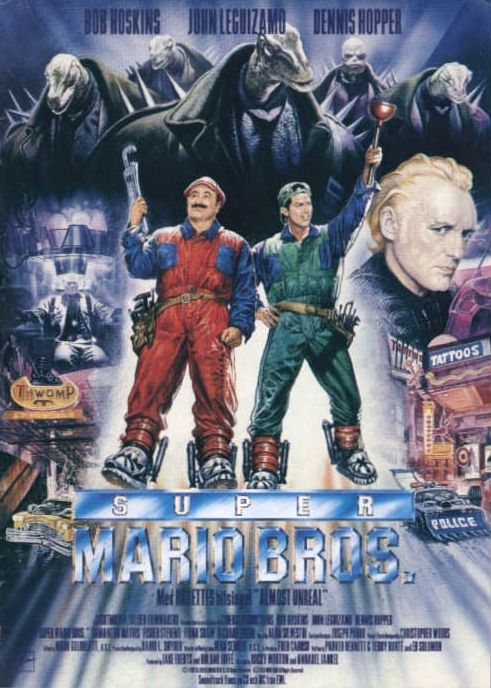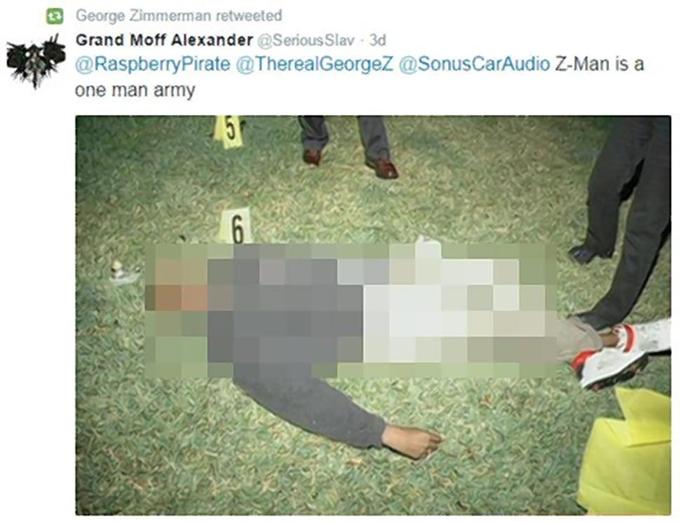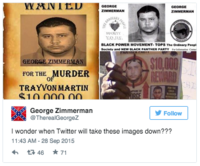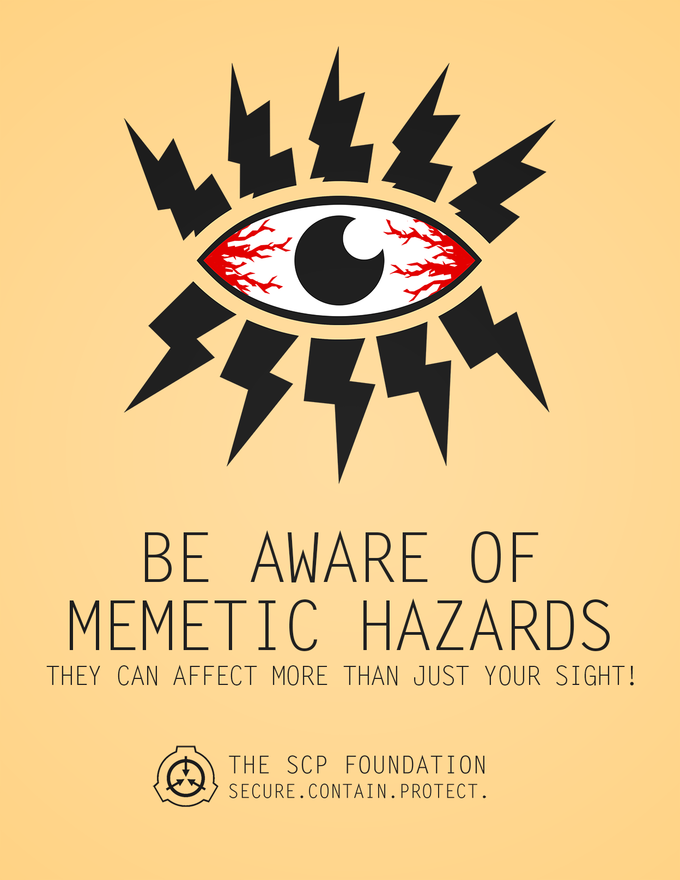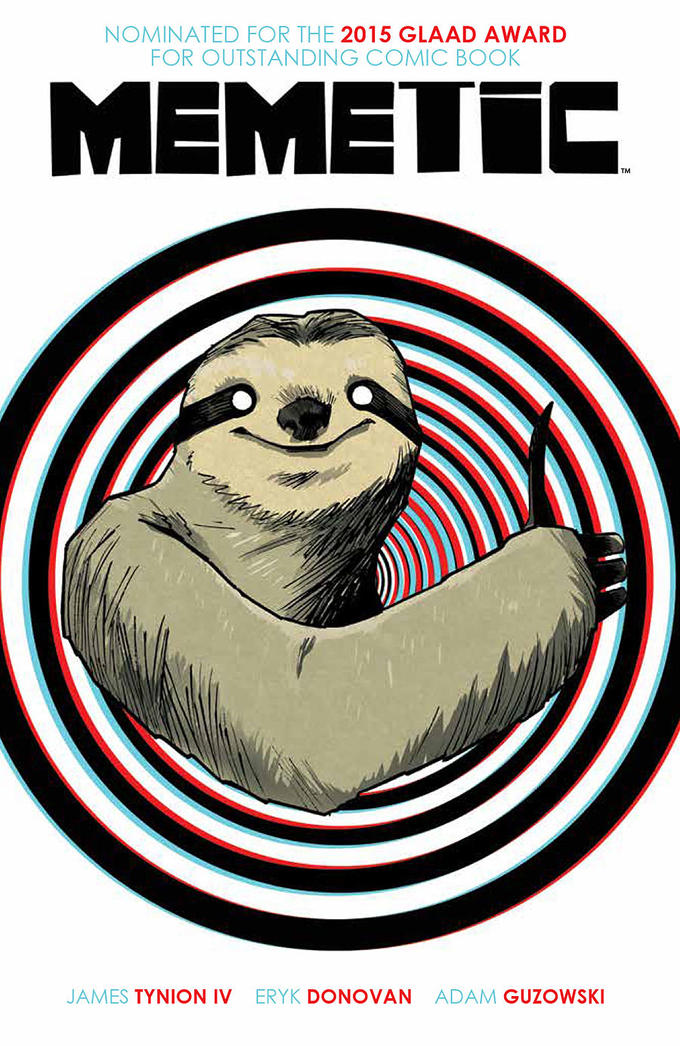About
George Zimmerman is an American formerly employed as an insurance underwriter who is known for fatally shooting Trayvon Martin in February 2012. Since being acquitted of second degree murder in July 2013, Zimmerman has remained a controversial figure in the media.
History
Trayvon Martin’s Death
On February 26th, 2012, African American teenager Trayvon Martin was fatally shot by 28-year-old community watch captain George Zimmerman in Sanford, Florida. According to the official report, Martin was unarmed and found dead on the scene upon the arrival of police officers, who responded to a non-emergency call made by the shooter shortly before he approached Martin on his own. Zimmerman described the incident as an act of self-defense after a physical scuffle ensued between the two. Though Zimmerman was taken into custody that evening, officers were unable to find any evidence contradicting Zimmerman’s claim of self-defense and no charges were filed.
![]()
Though the case would go on to make national headlines in the news media and spark yet another round of debates over firearm control laws in the United States, it did not receive attention until Martin’s parents launched an online petition. On July 13th, 2013, the jury delivered a verdict declaring Zimmerman not guilty of second-degree murder and manslaughter after 16 hours of deliberation.
George Zimmerman’s Celebrity Boxing Match
On January 30th, 2014, celebrity news site TMZ reported that George Zimmerman has teamed up with boxing promoter Damon Feldman and agreed to participate in a three-round celebrity boxing match against a randomly chosen contender to be held sometime in March. According to Zimmerman, who took up boxing as a hobby prior to and during his trial last year, all proceeds from the event will go towards a charity. In the article, Feldman was quoted as saying that Zimmerman would be open to fight anyone while openly inviting people to sign up for the boxing match via fightgeorge@hotmail.com.
![]()
On February 1st, TMZ reported that at least two American hip hop artists, The Game and DMX, have taken up the challenge to fight George Zimmerman in the ring. According to the article, DMX was quoted as saying that he is “going to beat the living fuck out of [Zimmerman]… I am breaking every rule in boxing to make sure I f**k him right up” and “once I am done with him, I am going to whip my d**k out and piss on him … right in his muthaf**kin face.”
On February 2nd, an online petition to “Stop George Zimmerman and Promoter Damon Feldman from using murder & racial hate in America for Profit” was created on the White House’s We The People website. As more details about the celebrity boxing match came to light, the petition reached nearly 100,000 signatures in the first 72 hours.
![]()
On February 5th, TMZ confirmed that DMX has been chosen as Zimmerman’s opponent in the celebrity boxing match. In the following 24 hours, the news quickly spread across the Hollywood gossip and hip hop blogosphere, and unsurprisingly, it immediately prompted a heavy backlash on Twitter against both parties involved, as well as Feldman. Later that same day, however, DMX’s publicist released a statement clarifying that the match has yet to be confirmed due to the ongoing contractual negotiation. Once confirmed, the date, time and location of the fight will be announced at a news conference on February 12th.
On Friday, September 25th, 2015, George Zimmerman began tweeting the name and phone number of a man named Micah Williams, who used the Twitter Handle @SonusCarAudio. Zimmerman claimed that the man “believes paying for his wife’s abortion from an affair is an excuse 2 not pay child support,” and called on his 10,000 followers to call him and inform him otherwise. In response, one of Zimmerman’s followers tweeted a photograph of Trayvon Martin’s dead body at Zimmerman and Williams, with the text “Z-man is a one man army” (below).
![]()
Screencap of the tweet from the New York Daily News. The original tweet was uncensored.When the tweet was later removed by Twitter after a public outcry, the story was subsequently picked up by the New York Daily News, Complex, and Perez Hilton, among others. In response, Zimmerman tweeted a series of images of “wanted”-style posters bearing his face, complaining how Twitter refused to remove these types of images. In addition, he again tweeted the name and phone number of Micah Williams and directed any “press inquiries” to the man. Finally, he tweeted a photograph of himself on the beach, smoking a cigar.
![]()
![]()
![]()
Gun Auction
On May 11th, 2016, Zimmerman placed the Kel-Tec PF-9 9 mm caliber pistol used in the fatal shooting of Martin for sale with a starting bid of $5,000 on the firearm auctioning website GunBroker.com. In the description field, Zimmerman claimed that a portion of the money earned would go towards fighting “violence against police officers” by the Black Lives Matter movement and “Hillary Clinton’s anti-firearm rhetoric” (shown below).
![]()
In an interview with the Orlando, Florida television station WOFL, Zimmerman revealed he was auctioning the weapon because he was “a free American” and could do whatever he likes with his possessions. Meanwhile, the Trayvon Martin Foundation issued a statement to the press, saying the nonprofit organization “has no comment on the actions of that person.” On May 12th, the auction page was removed. That day, several posts about the auction reached the front page of the /r/nottheonion and /r/news subreddits. The following day, a new auction was placed for sale on UnitedGunGroup, where a user named Racist McShootface continued to bid on the firearm until it reached over $65 million prior to the account’s suspension (shown below).
![]()
On May 18th, the United Gun Group tweeted a statement announcing that Zimmerman was “in the process of vetting several offers” through the online firearms auctioning service (shown below). Later that day, TMZ reported that Zimmerman’s gun was successfully auctioned for over $120,000.
![]()
Personal Life
Zimmerman was born on October 5th, 1983 in Manassas, Virginia. He was raised Catholic and attended the All Saints Catholic School in Manassas for part of his childhood. After graduating high school, Zimmerman moved to Lake, Mary Florida, where he worked at an insurance agency.
Search Interest
External References

























